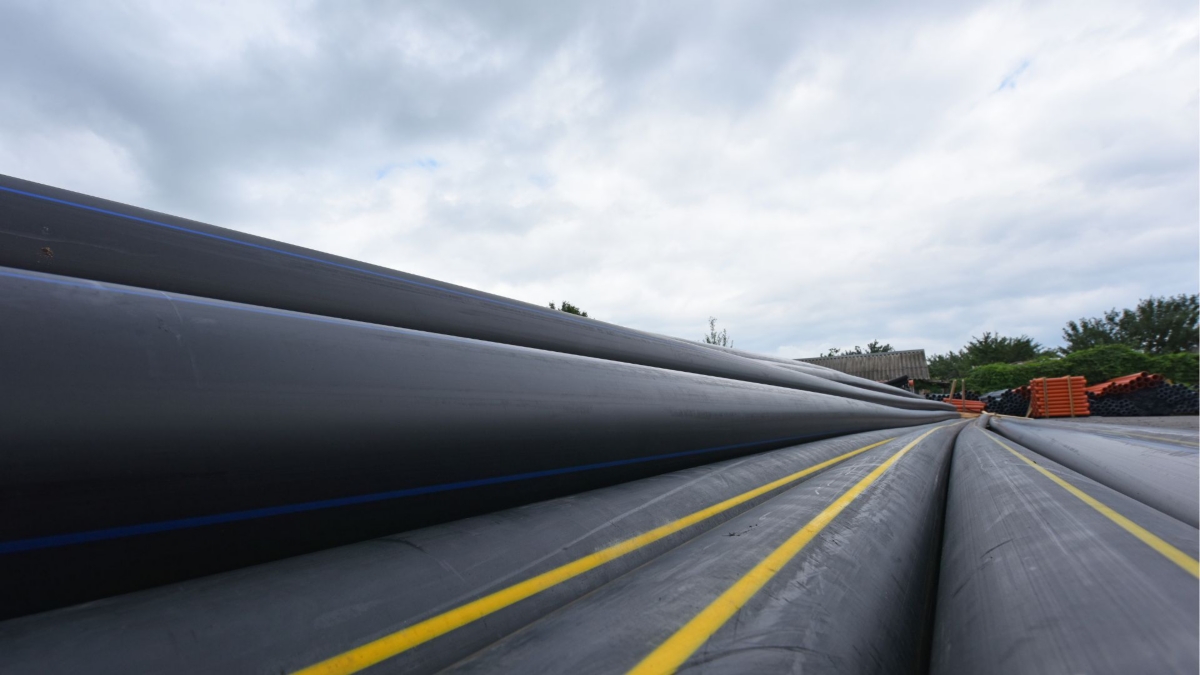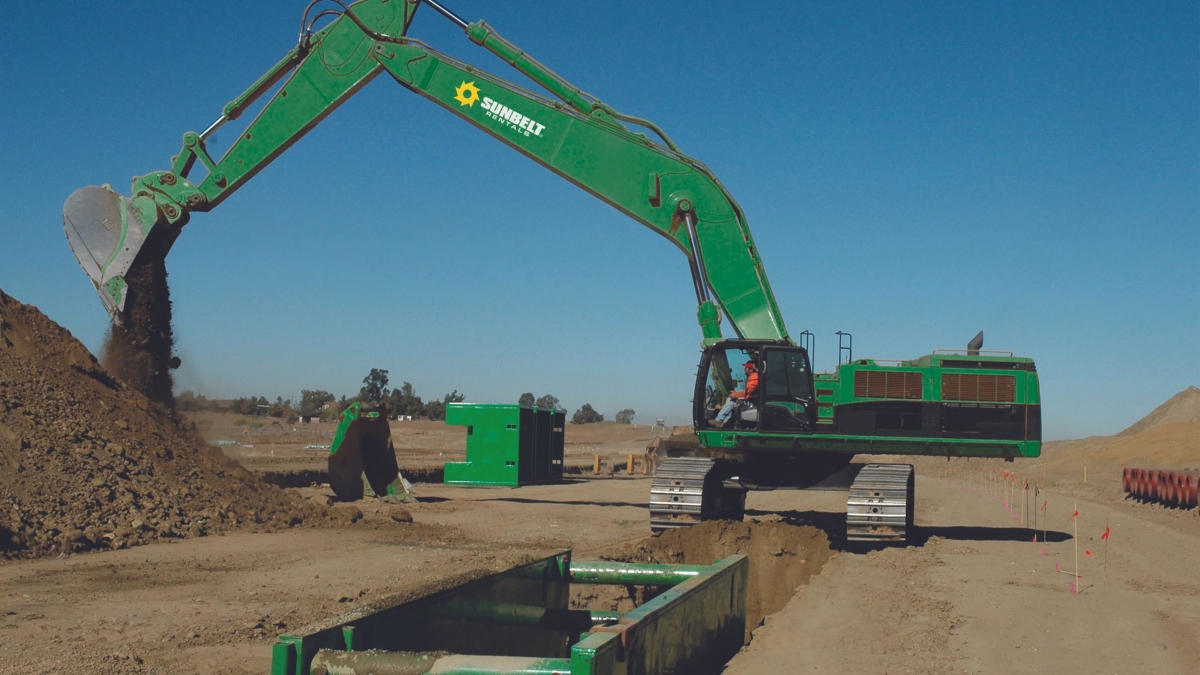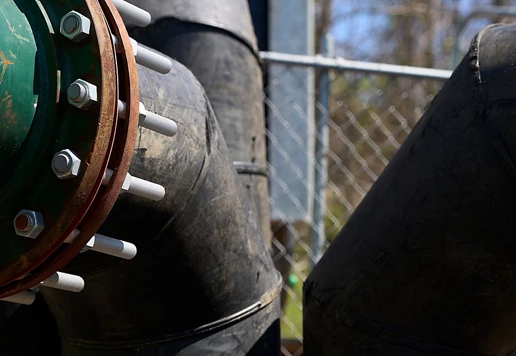Use the Sunbelt Rentals App
Find, rent, and return equipment, right at your fingertips
Considerations When Selecting Pipe Testing Equipment
This article aims to simplify the pipe-testing process by exploring the factors critical to selecting the right pipe-testing equipment for your project. We also familiarize you with the large collection of high-quality pipe testing equipment at Sunbelt Rentals sourced from trusted brands in the United States. Click any of the links below to learn more:

Understanding Your Project Needs
The kinds of pipe testing equipment you choose depend largely on the needs of your project. Various pipe testing equipment works better in varying circumstances. Picking the right one ensures that you get accurate results.
Below are some of the factors to consider when choosing the right pipe testing equipment for your project:
Pipe Material
Certain pipe testing equipment works better on specific materials. Therefore, knowing the material that your pipe is made of beforehand is critical to a successful pipe testing session. Popular choices for pipe materials in the industry include metal, plastic, and concrete.
Here is a brief overview of each material:
Metal Pipes: Metal pipes typically require pressure testing equipment to assess the structural integrity of the pipe using standard pressure testing methods. The 300 PSI Gas Hydrostatic Test Pump is a reliable pressure testing equipment for pipes.
Plastic Pipes: Plastic pipes are more susceptible to stress cracking, making them the perfect candidate for leak detection tests using leak detection equipment such as leak locator plugs.
Concrete Pipes: Concrete pipes are typically rigid and durable. However, they are susceptible to cracks, which makes them ideal candidates for flow measurement tests to ensure ideal flow and proper functionality in the absence of cracks.
The three-edge bearing test is a standard test for concrete pipes and is used to determine two values that are indicative of the quality and strength of the concrete pipe.
Pipe Diameter
Like most things pressure-related, the diameters of the pipes you are testing have a huge influence on the type of pipe testing equipment that you can use. Most pipe testing equipment, like pressure testing equipment, hydro-testing pipe equipment, and plumbing testing equipment, are diameter-dependent in terms of their accuracy and efficacy.
Large Diameter Pipes (12 Inches and Above):
- Common in municipal water and sewage systems, as well as industrial settings
- Inspection equipment may include large robotic crawlers, advanced camera systems, and specialized testing tools
- Non-destructive testing (NDT) methods like ultrasonic testing have become more common
Most pipe testing tools come with comprehensive size charts or tables that serve as quick references for choosing the right pipe inspection tools.
Smaller pipes typically require more delicate and highly sensitive equipment for accurate test results. Larger pipes, on the other hand, require robust and high-capacity solutions.
Pipe Diameter Size Chart
| Pipe Diameter Range | Typical Applications | Recommended Equipment |
| 1/2" to 2" | Residential plumbing | Push cameras, small robotic crawlers, acousitic devices |
| 2" to 12" | Industrial processes, sewer lines | ROVs, advanced camera systems, pressure testing |
| 12" and above | Municipal water/sewage systems | Large robotic crawlers, advanced cameras, NDT methods |
Testing Requirements
The kind of test carried out depends largely on the purpose of the test and what aspect of the pipe integrity needs to be tested. Some common tests include:
Pressure Testing: Pressure testing is the test carried out to determine a pipe’s ability to withstand internal pressure. The equipment used to carry out pressure testing depends on the pipe’s material and diameter. This test depends largely on the maximum design pressure of the system.
Leak Detection: Leak detection is carried out to determine whether there are leaks in a pipe and the location of those leaks. Leak detection is carried out using pipe testing equipment that can read the distinct sound produced by leaky pipes using acoustic sensors. Hydro-testing pipe equipment is typically used here.
Flow measurement: Flow measurement is used to test the efficiency of fluid flow through any particular pipe. The material and diameter of the pipe to be tested play huge roles in how flow measurement is performed. Flow meters are typically used for flow measurements in pipes.

Plugs
When a pipe is inspected for leaks, cracks, and other kinds of damage, it is critical to seal the area that is being worked upon. Pipe plugs are devices used to seal off a section of the piping system to allow for tests or repairs to be carried out without disturbing the rest of the system.
Below are the types of plugs you may use:
- Bypass Plugs: This type of plug is used to divert flow during testing without needing to shut down the rest of the system
- Test Plugs: This seals the pipe for pressure testing
- Inflatable Plugs: These plugs conform to the shape of pipes and can be used for various applications
Testing Accessories
For accurate pipe testing, several accessories, such as pressure gauges, valves, and adapters, are required. Sunbelt Rentals provides various pipe testing and flow diversion accessories like the pipe freezing tool to suit the needs of your project.
Flow Diversion Test Equipment
Flow diversion testing equipment helps to divert the flow of fluid in a pipe system as a means of reducing surge pressure. Flow diversion testing is crucial to pipe maintenance and repair. Sunbelt Rentals offers a large collection of flow diversion equipment options to suit your project needs.
Conclusion
Choosing the right pipe-testing equipment is just as important as the pipe-testing process itself. Choosing the wrong tool for the process can potentially mar the testing process and your results, rendering your efforts useless in the long run.
At Sunbelt Rentals, we maintain our continued dedication to providing you with an extensive inventory of safe and quality pipe testing equipment and expertise that suits your project’s needs at all times. We source our collection of pipe testing equipment from trusted brands.
Trench Safety Resources
Dive deeper into Trench Safety with these related articles, blogs, and success stories.







